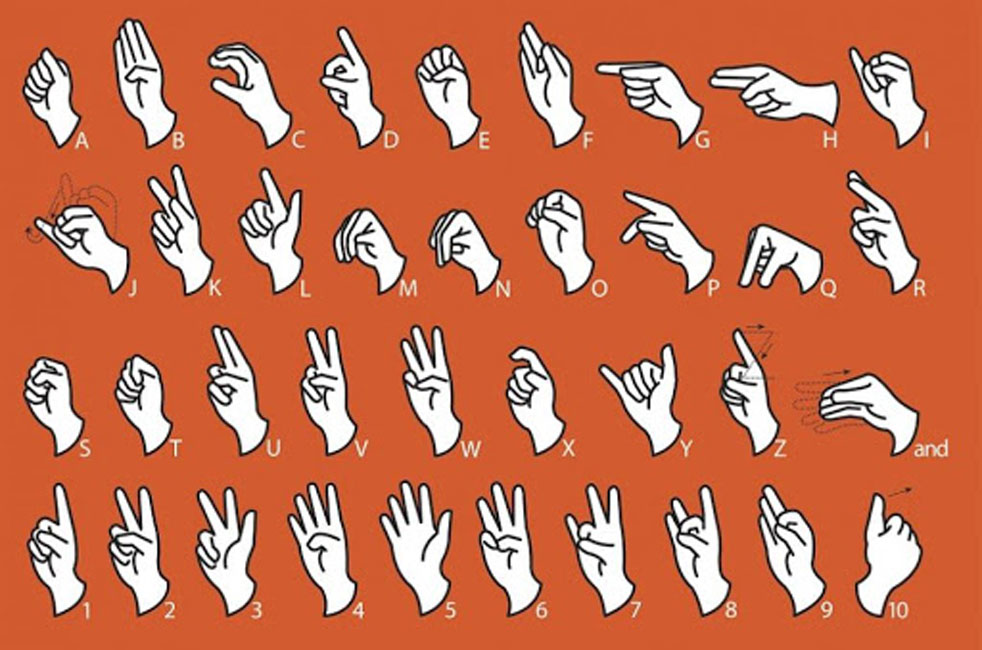Whenever Jasjeet Kaur takes on a project, the Huntington High School junior is “all in.” She recently developed an award winning paper for this year’s National History Day contest titled Communication in the Classroom: An Endeavor by the Deaf. Her work will now vie in the competition’s Long Island regional finals.
A member of Huntington High School’s High Honor Roll, Ms. Kaur is a splendid student and an equally gifted athlete, being a key player on the Blue Devil varsity softball team. She’s a great musician, too, performing with the high school’s marching band.
“I wrote the research paper on the use of American Sign Language in deaf education in the United States from the 1960s to 1990s,” Ms. Kaur said. “I chose this as my topic because it was one of my first ideas and felt relatively unique. At first I was worried there wouldn’t be enough information on it, but as I researched I learned how advocation in deaf education was linked to other movements of the time period as well. Overall, it was a very interesting topic to look into and I think the paper came out fairly decent.”
As Ms. Kaur went about deciding upon a topic, she also considered a paper on American propaganda in World War I “in case I could not find information on ASL, but as I began my initial research I was very intrigued by what I had encountered,” she said. “This topic also felt like a good choice since it was my own original idea and likely not a popular topic.”
This year’s National History Day theme is “Communication in History: The Key to Understanding.” Participants in the competition were permitted to submit work in a variety of formats ranging from individual and group exhibits and websites to historical papers and individual and group documentaries.
“ASL is a language made to help the deaf better communicate so I was interested to see if US schools were actually using it or if they were doing something else instead,” Ms. Kaur said. “As I researched, I learned that in the late 1900s deaf students were taught primarily through lip-reading, but were unfortunately falling behind in school since they were not able to pick up on all the information said. Due to other circumstances as well, the communication between deaf students and teachers in mainstream schools was not effective, resulting in a lack of academic understanding. In addition to this, disability rights activists and advocates for the deaf used peaceful protests to communicate their frustrations throughout the 1960s and 1990s.”
The junior’s paper is exceptionally well researched and well written. It captured the respect of the teachers who judged the historical paper category in Huntington’s National History Day contest and they sent it on to the Long Island regional finals. The top place finishers there will advance to the state championship.
“I first conducted my research by searching the public library and the high school’s online database for books, newspapers and journal articles,” Ms. Kaur said. “Using about 10-15 of the sources I first found, I came up with an idea of what I wanted to discuss in my paper and then found additional sources to fill in any missing parts. As I wrote my paper, I found a few sources that helped me provide specific examples to support what I was writing. To create my project I first made a general outline of what sections I wanted to divide my paper into and I included some bullet points to keep track of what would be said in each section to prevent excessive and unintentional repetition. I then started writing the draft of the paper and once I finished it, I went back twice to make some edits and correct the word count.”
Judges found the final version of the paper to be simply outstanding in every way. Ms. Kaur is a highly respected young woman around Huntington High School, held in high esteem by both classmates and faculty members.
“My argument in the paper is that the use of oralism and interpreters in schools is an ineffective strategy and learning ASL as a primary language and treating the deaf as bilinguals is a more efficient approach to facilitate the acquisition of knowledge and skills,” Ms. Kaur said. “Through learning in ASL, deaf students are able to learn more efficiently, which in the long run will benefit them when competing for jobs in the real world. This topic is significant in history because it highlights the peaceful and resilient efforts of a minority group and also clearly demonstrates the importance of proper understanding in education. The changes brought about by this time period will also benefit deaf children for years to come and truly impact their education in a positive manner.”
The teenager hopes to attend college in either New York City or Long Island. She intends to study for a career as a medical doctor.
